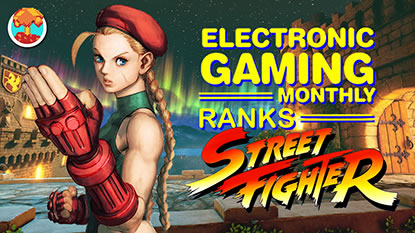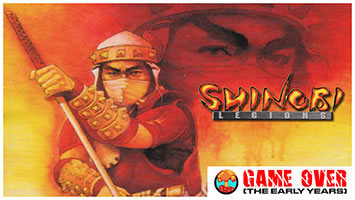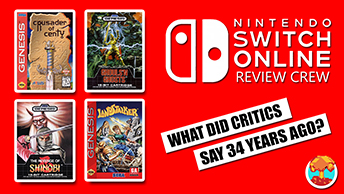- CLASSIC MAGAZINES
- REVIEW CREW
A show recapping what critics thought back
when classic games first came out! - NEXT GENERATION'S BEST & WORST
From the worst 1-star reviews to the best
5-stars can offer, this is Next Generation! - NINTENDO POWER (ARCHIVE)
Experience a variety of shows looking at the
often baffling history of Nintendo Power! - MAGAZINE RETROSPECTIVE
We're looking at the absolutely true history of
some of the most iconic game magazines ever! - SUPER PLAY'S TOP 600
The longest and most ambitious Super NES
countdown on the internet! - THEY SAID WHAT?
Debunking predictions and gossip found
in classic video game magazines! - NEXT GENERATION UNCOVERED
Cyril is back in this spin-off series, featuring the
cover critic review the art of Next Generation! - HARDCORE GAMER MAGAZING (PDF ISSUES)
Download all 36 issues of Hardcore Gamer
Magazine and relive the fun in PDF form!
- REVIEW CREW
- ELECTRONIC GAMING MONTHLY
- ELECTRONIC GAMING MONTHLY RANKS
From Mario to Sonic to Street Fighter, EGM
ranks classic game franchises and consoles! - ELECTRONIC GAMING MONTHLY BEST & WORST
Counting down EGM’s best and worst reviews
going year by year, from 1989 – 2009! - ELECTRONIC GAMING BEST & WORST AWARDS
11-part video series chronicling the ups and
downs of EGM’s Best & Worst Awards!
- ELECTRONIC GAMING MONTHLY RANKS
- GAME HISTORY
- GAME OVER: STORY BREAKDOWNS
Long-running series breaking down game
stories and analyzing their endings! - A BRIEF HISTORY OF GAMING w/ [NAME HERE]
Real history presented in a fun and pithy
format from a variety of game historians! - THE BLACK SHEEP
A series looking back at the black sheep
entries in popular game franchises! - INSTANT EXPERT
Everything you could possibly want to know
about a wide variety of gaming topics! - FREEZE FRAME
When something familiar happens in the games
industry, we're there to take a picture! - I'VE GOT YOUR NUMBER
Learn real video game history through a series
of number-themed episodes, starting at zero! - GREAT MOMENTS IN BAD ACTING
A joyous celebration of some of gaming's
absolute worst voice acting!
- GAME OVER: STORY BREAKDOWNS
- POPULAR SHOWS
- DG NEWS w/ LORNE RISELEY
Newsman Lorne Riseley hosts a regular
series looking at the hottest gaming news! - REVIEW REWIND
Cyril replays a game he reviewed 10+ years
ago to see if he got it right or wrong! - ON-RUNNING FEUDS
Defunct Games' longest-running show, with
editorials, observations and other fun oddities! - DEFUNCT GAMES QUIZ (ARCHIVE)
From online quizzes to game shows, we're
putting your video game knowledge to the test!- QUIZ: ONLINE PASS
Take a weekly quiz to see how well you know
the news and current gaming events! - QUIZ: KNOW THE GAME
One-on-one quiz show where contestants
find out if they actually know classic games! - QUIZ: THE LEADERBOARD
Can you guess the game based on the classic
review? Find out with The Leaderboard!
- QUIZ: ONLINE PASS
- DEFUNCT GAMES VS.
Cyril and the Defunct Games staff isn't afraid
to choose their favorite games and more! - CYRIL READS WORLDS OF POWER
Defunct Games recreates classic game
novelizations through the audio book format!
- DG NEWS w/ LORNE RISELEY
- COMEDY
- GAME EXPECTANCY
How long will your favorite hero live? We crunch
the numbers in this series about dying! - VIDEO GAME ADVICE
Famous game characters answer real personal
advice questions with a humorous slant! - FAKE GAMES: GUERILLA SCRAPBOOK
A long-running series about fake games and
the people who love them (covers included)! - WORST GAME EVER
A contest that attempts to create the worst
video game ever made, complete with covers! - LEVEL 1 STORIES
Literature based on the first stages of some
of your favorite classic video games! - THE COVER CRITIC
One of Defunct Games' earliest shows, Cover
Critic digs up some of the worst box art ever! - COMMERCIAL BREAK
Take a trip through some of the best and
worst video game advertisements of all time! - COMIC BOOK MODS
You've never seen comics like this before.
A curious mix of rewritten video game comics!
- GAME EXPECTANCY
- SERIES ARCHIVE
- NINTENDO SWITCH ONLINE ARCHIVE
A regularly-updated list of every Nintendo
Switch Online release, plus links to review! - PLAYSTATION PLUS CLASSIC ARCHIVE
A comprehensive list of every PlayStation
Plus classic release, including links! - RETRO-BIT PUBLISHING ARCHIVE
A regularly-updated list of every Retro-Bit
game released! - REVIEW MARATHONS w/ ADAM WALLACE
Join critic Adam Wallace as he takes us on a
classic review marathon with different themes!- DEFUNCT GAMES GOLF CLUB
Adam Wallace takes to the links to slice his way
through 72 classic golf game reviews! - 007 IN PIXELS
Adam Wallace takes on the world's greatest spy
as he reviews 15 weeks of James Bond games! - A SALUTE TO VAMPIRES
Adam Wallace is sinking his teeth into a series
covering Castlevania, BloodRayne and more! - CAPCOM'S CURSE
Adam Wallace is celebrating 13 days of Halloween
with a line-up of Capcom's scariest games! - THE FALL OF SUPERMAN
Adam Wallace is a man of steel for playing
some of the absolute worst Superman games! - THE 31 GAMES OF HALLOWEEN
Adam Wallace spends every day of October afraid
as he reviews some of the scariest games ever! - 12 WEEKS OF STAR TREK
Adam Wallace boldly goes where no critic has
gone before in this Star Trek marathon!
- DEFUNCT GAMES GOLF CLUB
- DAYS OF CHRISTMAS (ARCHIVE)
Annual holiday series with themed-episodes
that date all the way back to 2001!- 2015: 30 Ridiculous Retro Rumors
- 2014: 29 Magazines of Christmas
- 2013: 29 Questionable Power-Ups of Christmas
- 2012: 34 Theme Songs of Christmas
- 2011: 32 Game Endings of Christmas
- 2010: 31 Bonus Levels of Christmas
- 2009: 30 Genres of Christmas
- 2008: 29 Controls of Christmas
- 2007: 34 Cliches of Christmas
- 2006: 33 Consoles of Christmas
- 2005: 32 Articles of Christmas
- 2004: 31 Websites of Christmas
- 2003: 29 Issues of Christmas
- 2002: 28 Years of Christmas
- 2001: 33 Days of Christmas
- NINTENDO SWITCH ONLINE ARCHIVE
- REVIEW ARCHIVE
- FULL ARCHIVE
Electronic Gaming Monthly's Top 10 Game Systems of 1990
1990 was a great year to be a gamer. We saw the continued dominance Nintendo Entertainment System, with hits like Super Mario Bros. 3, Ninja Gaiden II and Chip ‘n Dale Rescue Rangers, the Game Boy was leading the charge for handheld gaming and both the Sega Genesis and NEC TurboGrafx-16 were locked in a fight for 16-bit hearts and minds. 1990 also saw new consoles hit the market, including Sega's portable Game Gear and SNK's overpriced Neo-Geo. No matter what kind of games you were after, there was a system right for you. But which console reigned supreme? In order to answer that burning question, I decided to flip through the pages of Electronic Gaming Monthly's 1991 Video Game Buyer's Guide, where Steve, Ed and the rest of the Review Crew rated all of 1990's hottest consoles. Join me as I go to the frontlines of the system war and count down Electronic Gaming Monthly's Top 10 Game Systems of 1990.
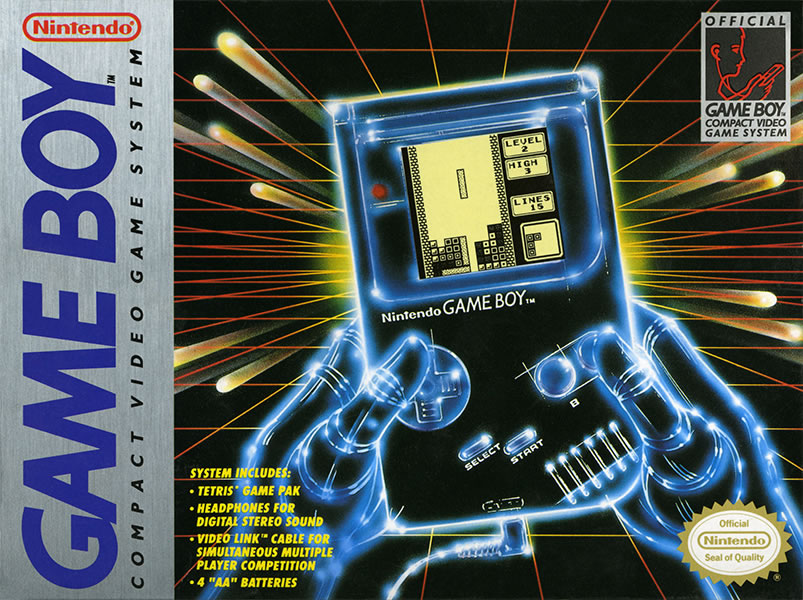
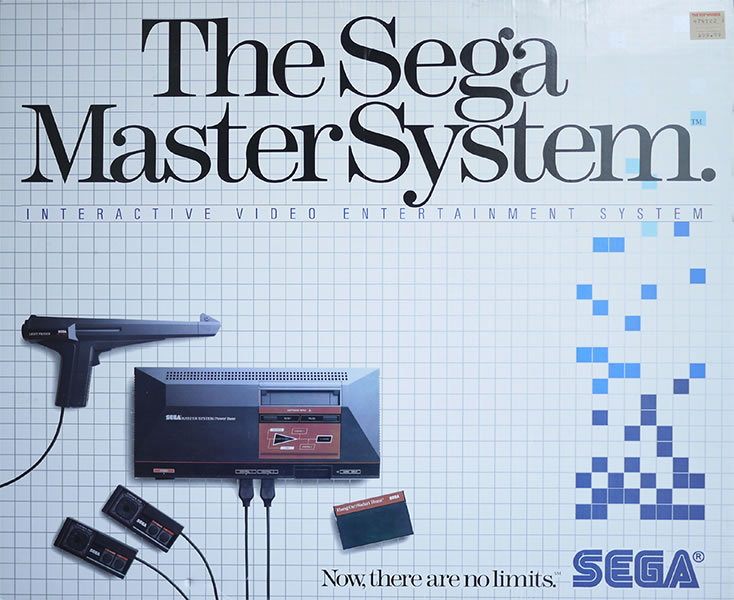
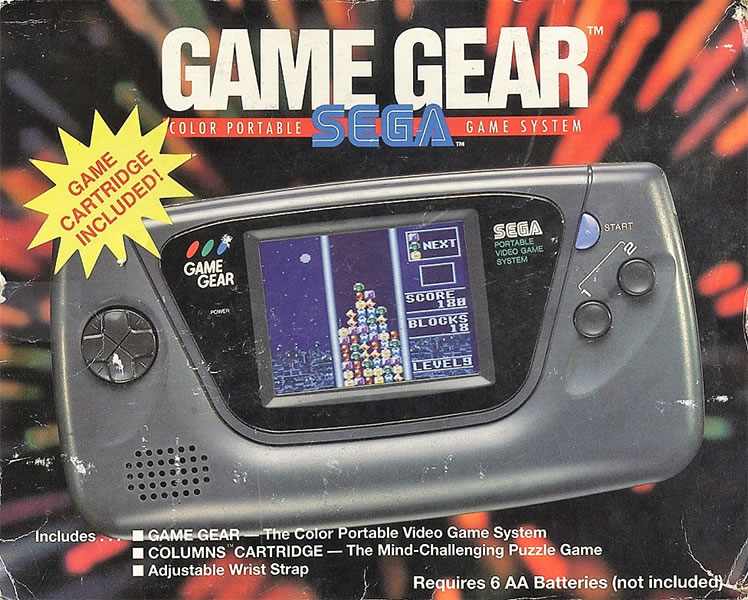
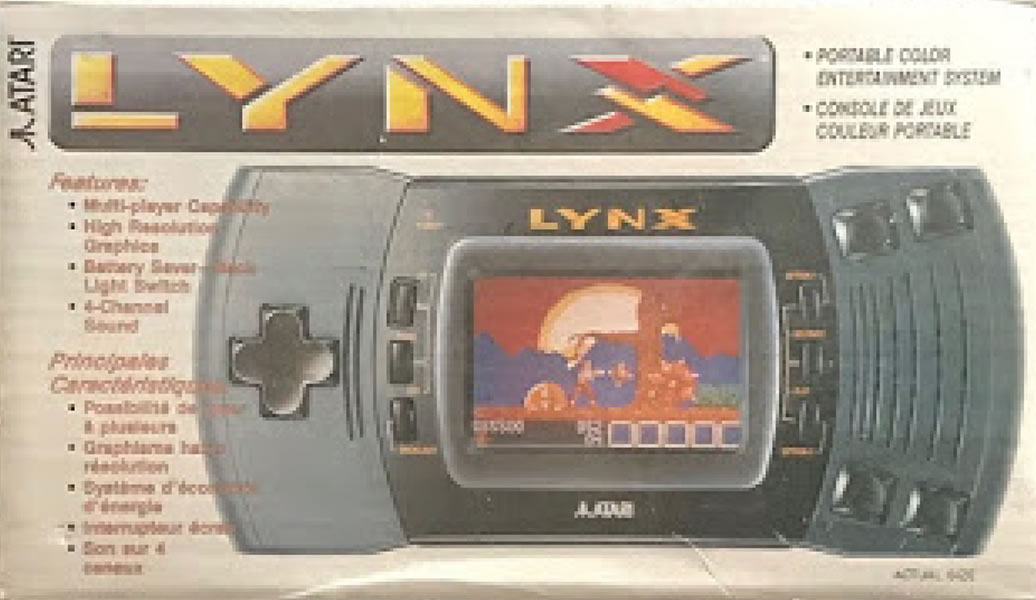
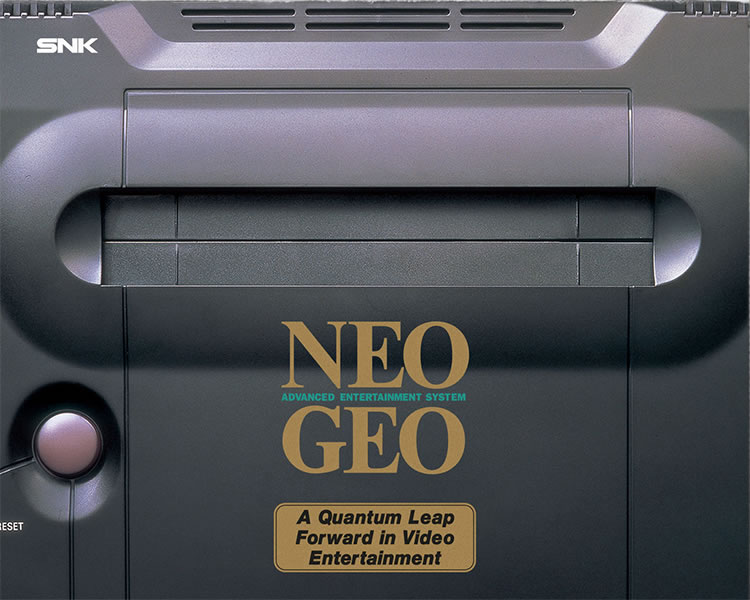
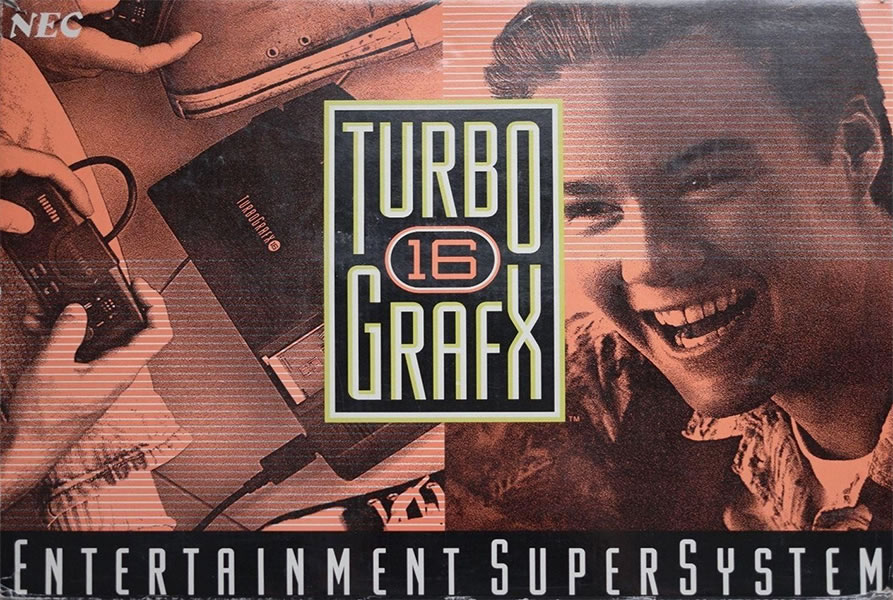
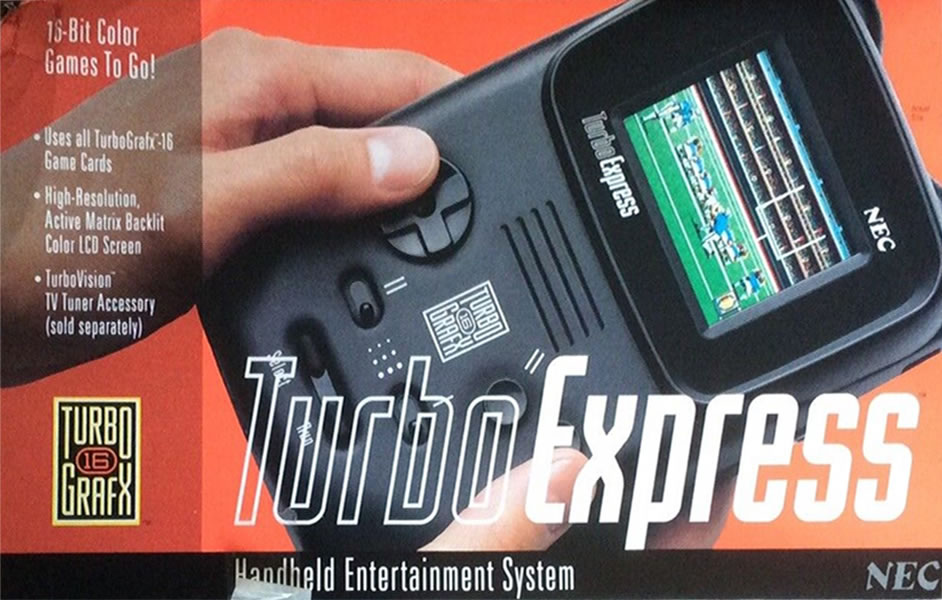
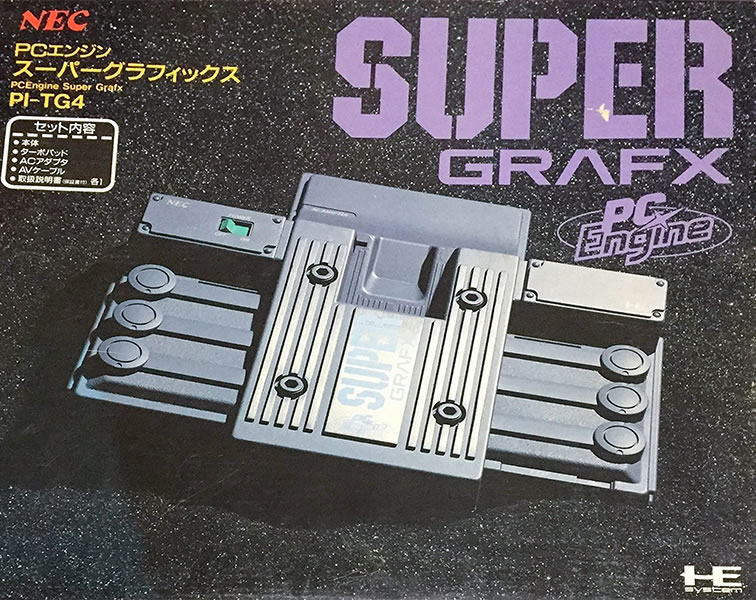
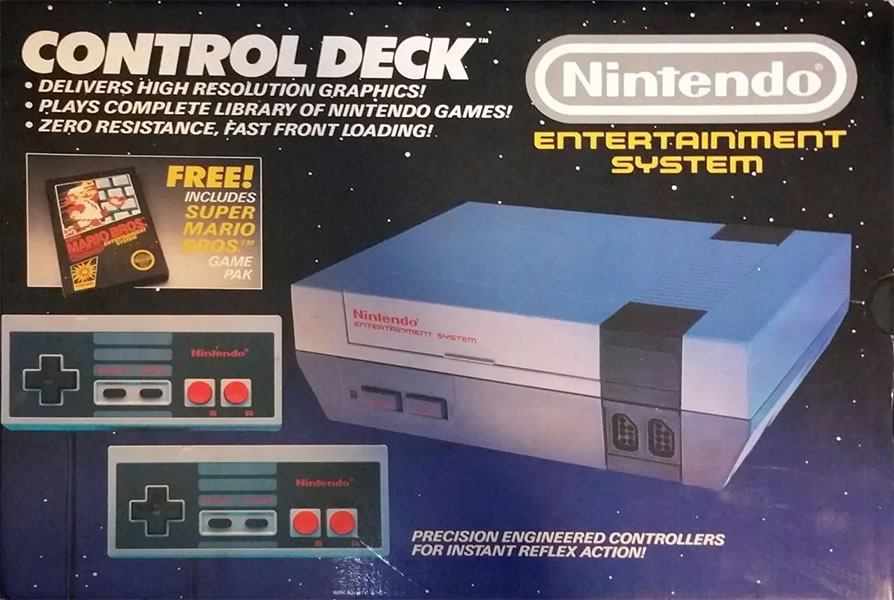
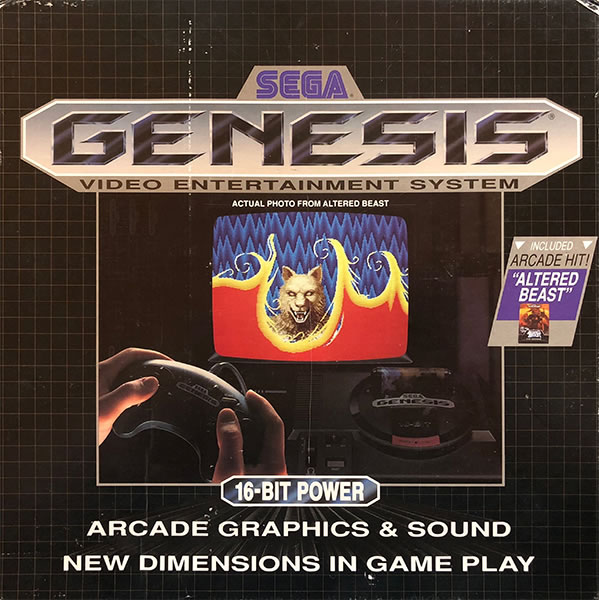

Nintendo Game Boy#10You may remember the Game Boy as this awe-inspiring portable with a vast library of must-own games, but Electronic Gaming Monthly wasn't having it. Only one year after the handheld launched, the EGM editors found plenty of things to complain about. Giving it a 3 out of 10, Steve wants you to know that he was initially excited for the handheld system, however, “the black and white screen, as well as the games it plays, leaves me cold.” He argues that it's not worth the price.
Sushi-X agreed with the score, but went way harder than Steve: “Conceived as a joke on the intelligence of mankind, this soon-to-be-extinct contraption is strictly too difficult and painful to play.” He argued that without 20/20 vision and great lighting, you were doomed to have a terrible experience. Ed ended up giving the system the highest score, but don't get too excited, it's only a 6. “As a handheld, Game Boy has zoomed past the Lynx with broad software support. If you can get past the small screen, then Game Boy is very good.” With a limited library of games in 1990, the EGM editors ended up giving the Game Boy a score of 4.25 out of 10.

Sega Master System#9Things were not looking good for the Master System in 1990. Despite a strong library of exclusives, Sega had largely forgotten about the 8-bitter in favor of the brand new Genesis. The EGM editors took notice, with many suggesting that this was the death of the Master System. Or, to use Ed's words, "Genesis killed 8-bit Sega for good."
"I was never a Master System fan," explains Martin Alessi. "Although I really enjoyed games like Phantasy Star, R-Type, OutRun and the Alex Kidd series, there are not enough good games to keep it going. R.I.P. little 8-bit." Believe it or not, this is one of the more positive takes. Sushi-X said it was "average at best" and falls short of the Nintendo Entertainment System. None of the critics were impressed with Sega's attempt to revitalize the hardware with the remodeled Master System 2, leading to an average score of 5.5 out of 10.

Sega Game Gear#8Thanks to the release of the Nintendo Game Boy, Atari Lynx and now the Sega Game Gear, 1990 was the dawn of the handheld gaming revolution. Of course, you wouldn't know it after reading Electronic Gaming Monthly. They already trashed the Game Boy, and now the six-month-old Game Gear is in the line of fire. For what it's worth EGM liked Sega's portable offering a little more than Nintendo's, but let's not oversell their enthusiasm. Steve argued that “this new handheld represents a step above the Game Boy, but doesn't deliver nearly the punch necessary to be attractive next to the Genesis.”
This seemed to be the prevailing opinion in 1990. "The Game Gear is really nothing more than a portable Master System," describes Ed. "If you want such an animal, then the GG will live up to your expectations." Martin wasn't nearly that positive, giving it a 4 and saying that "Game Gear is not very impressive." He went on to explain that "it might be color and have a TV adaptor, but the games it plays are like bad SMS carts." That score alone was enough to drop the average down to a 5.5 out of 10. The same score that plagued the Master System. Fitting.

Atari Lynx#7Electronic Gaming Monthly was a little kinder to the Atari Lynx, which launched only a few months after Nintendo's black and white Game Boy. The critics were impressed with the full-color display, the 16-bit graphics and the system's limitless potential, though there was one complaint that kept coming up time and time again. Steve puts it best: "The Lynx is probably the coolest portable on the market. In fact, it's the best system in many respects. Unfortunately, Atari has proven that a great machine with no softs isn't worth anything. Give us more games!"
Even though the system was only one year old, that didn't stop Ed from doubting its longevity: “While the Lynx wins hands-down in graphics and capability, it has been severely hampered by an inadequate supply of softs. While games are coming, it may be too late to save this high-priced portable. A very snarky Sushi-X liked the great voice and capabilities and even called it a “great improvement in the gender of portable play,” but he worried that Epyx would immediately abandon the handheld. With very few games hitting the Lynx, EGM gave Atari's portable an average score of 6.5 out of 10.

SNK Neo Geo#6Speaking of high-priced, SNK's Neo Geo just barely out-scored the Lynx. Believe it or not, this arcade-perfect console launched with the astronomical price of $649.99, which would be a whopping $1,500 after inflation. And that's not even factoring the cartridges, which retailed for hundreds of dollars. That's right, hundreds of dollars. Now don't you look silly for complaining about spending $70 on a Last of Us remake.
Although he gave it a 7 out of 10, I think Steve sums it up best: "This system comes the closest to duplicating the look and feel of the arcade, but it also comes with the coin-op price! The machine and carts are just too expensive to be viable against the Genesis and SFX." He wasn't wrong, and pretty much every EGM editor agreed. Ed notes that "it looks better than anything you've ever seen, but it costs every bit as much as you can think a coin-op system would for your home." Sushi-X complained that "this coin-op based hardware doesn't make sense to the average consumer. It will probably find an audience of fans with large pocketbooks.” Yeah, thank for that Captain Obvious. Sushi's score managed to boost the Neo Geo's average up to a 6.75 out of 10.

NEC TurboGrafx-16#5In a year full of change, the TurboGrafx-16 was the perfect middle-of-the-road console. It delivered a reliable selection of solid games across a wide swath of genres and even gave us the first CD-ROM games years before Sega and Sony. The TurboGrafx-16 was also the one system that everybody agreed on, with all four editors giving NEC's console a 7 out of 10.
Does that seem low? Here's Steve explaining his reasoning: “The Turbo has succeeded in getting games out, including several very good ones, but it still has a long way to go to surpass the competition.” It's frustrating, but true. Martin notes that "the Turbo is starting to shape up with many great games on the way." He also mentioned that a lot of the great games are going to CD and questioned the $400 asking price. Sushi-X summed it up in a much simpler way: "Good graphics and music, but bad packaging, have cost this system dearly." Look, I can agree that the CD add-on was too expensive and there weren't a lot of must-own games at launch, but complaining that system is ugly? You're on your own with this one, Sush. With 7s across the board, the average is a predictable 7 out of 10.

NEC TurboExpress#4Before you go off thinking that Electronic Gaming Monthly hates handheld gaming as a rule of thumb, let me introduce you to the TurboExpress, a portable system that somehow managed to score even higher marks than the TurboGrafx-16. Although it didn't have any exclusive games and cost a whopping $250 (which would be around $566 today), the EGM critics were more than impressed with what this little unit could do. Hell, Martin went as far as to say that “the TurboExpress is the best handheld that I've seen so far.”
Ed noted that "the Express also boasts the biggest library of any handheld," though argued that the wide selection of games comes at a steep price. Sushi-X argued that it was worth the high price, because it's “the BEST portable game system yet and can even be a TV. The ultimate on-the-top entertainment.” With an average score of 7.75 out of 10, the TurboExpress not only came out ahead of the TurboGrafx-16, but by a surprisingly large margin. Three of the four editors gave the handheld system higher marks than the home console, despite the two playing the exact same games. Make of that what you will.

NEC Super Grafx#3Speaking of NEC consoles you probably didn't own, the next system on this countdown is the Super Grafx. If you're sitting there confused because you've never heard of the Super Grafx before, don't worry, there's a good reason – it was never released in the United States. In fact, it was barely released in Japan. Selling a mere 75,000 units, this import console is probably best-known for only releasing six games that took advantage of the system's hardware. Of course, the editors at EGM had no idea the system would be short-lived, so they lavished the rare 16-bitter with praise.
Sushi-X was the console's biggest cheerleader, giving the SuperGrafx a 9 out of 10 and arging that “once again an improvement in the growing line of NEC game products. More screen RAM which results in more characters on-screen and no flicker.” Martin was also impressed, saying that "the SuperGrafx is obviously an upgrade to the PC Engine." However, he noted that "its weak point is that there are only a couple games for it." This seemed to bother Steve more than the other critics, as he gripes that only three games have appeared in a year. That said, the version of Ghouls 'N Ghosts made him come around and give the system a 6, which averages out to a score of 7.75 out of 10.

Nintendo Entertainment System#2Even though the 16-bit consoles were starting to take over the conversation, it was clear that the Nintendo Entertainment System still had a lot of life left in it. This was an especially strong year for the 8-bitter, with titles ranging from Dr. Mario to Mega Man III to StarTropics. Electronic Gaming Monthly was quick to honor the Nintendo Entertainment System's importance to the video games industry, but it was clear that most of the editors were ready to move on.
Steve sums it up this way: "While the Nintendo is a great system with many great games, yet I find myself playing with it less and less with the likes of the Genesis and Turbo around." Martin wasn't ready to go that far, arguing that while "the NES might be a technological dinosaur," it remains "one of the systems that has its advantages because of price and number of games." And then there's Sushi-X, who gave the system a perfect 10 out of 10 and proclaimed that it's “The greatest unit ever invented! More than just a game system, the NES has more games and attachments than any other machine in history” His perfect score managed to raise the average up to an impressive 8 out of 10.

Sega Genesis#11990 can best be described as the calm before the storm. Sure, Sega and NEC were fighting it out for dominance, but the real war came in 1991 with the launch of the Super NES and Sonic the Hedgehog. In the meantime, Sega was content with publishing a series of arcade ports that managed to wow the EGM editors. Only a year after naming the Genesis version of Ghouls ‘N Ghosts the Game of the Year, they did the same thing again with Sega's port of Strider. The Genesis was on a roll, so it should surprise nobody that it wound up as EGM's best reviewed console of 1990.
Giving it a 9 out of 10, Steve made a strong case for why the Genesis was the Console of the Year: “This is probably about as close to true arcade playability at an affordable price. The genesis is a nice package that has great abilities and, despite a dry spell, some terrific games.” Ed agreed, gushing that “Sega has come close to the bull's eye with this one. The games are, for the most part, spectacular, setting new standards for systems.” Sushi-X was ready to go even further, giving the Genesis another perfect score and noting that "where Sega failed in the design of the Master System, they succeeded in the Genesis. Spectacular color, animation, backgrounds and sound." And with a line-up of games you couldn't find on the NES, the Genesis managed to be the best reviewed system of 1990 with an average of 8.75 out of 10.
HOME |
CONTACT |
NOW HIRING |
WHAT IS DEFUNCT GAMES? |
NINTENDO SWITCH ONLINE |
RETRO-BIT PUBLISHING
Retro-Bit |
Switch Planet |
The Halcyon Show |
Same Name, Different Game |
Dragnix |
Press the Buttons
Game Zone Online | Hardcore Gamer | The Dreamcast Junkyard | Video Game Blogger
Dr Strife | Games For Lunch | Mondo Cool Cast | Boxed Pixels | Sega CD Universe | Gaming Trend
Game Zone Online | Hardcore Gamer | The Dreamcast Junkyard | Video Game Blogger
Dr Strife | Games For Lunch | Mondo Cool Cast | Boxed Pixels | Sega CD Universe | Gaming Trend
Copyright © 2001-2025 Defunct Games
All rights reserved. All trademarks are properties of their respective owners.
All rights reserved. All trademarks are properties of their respective owners.













